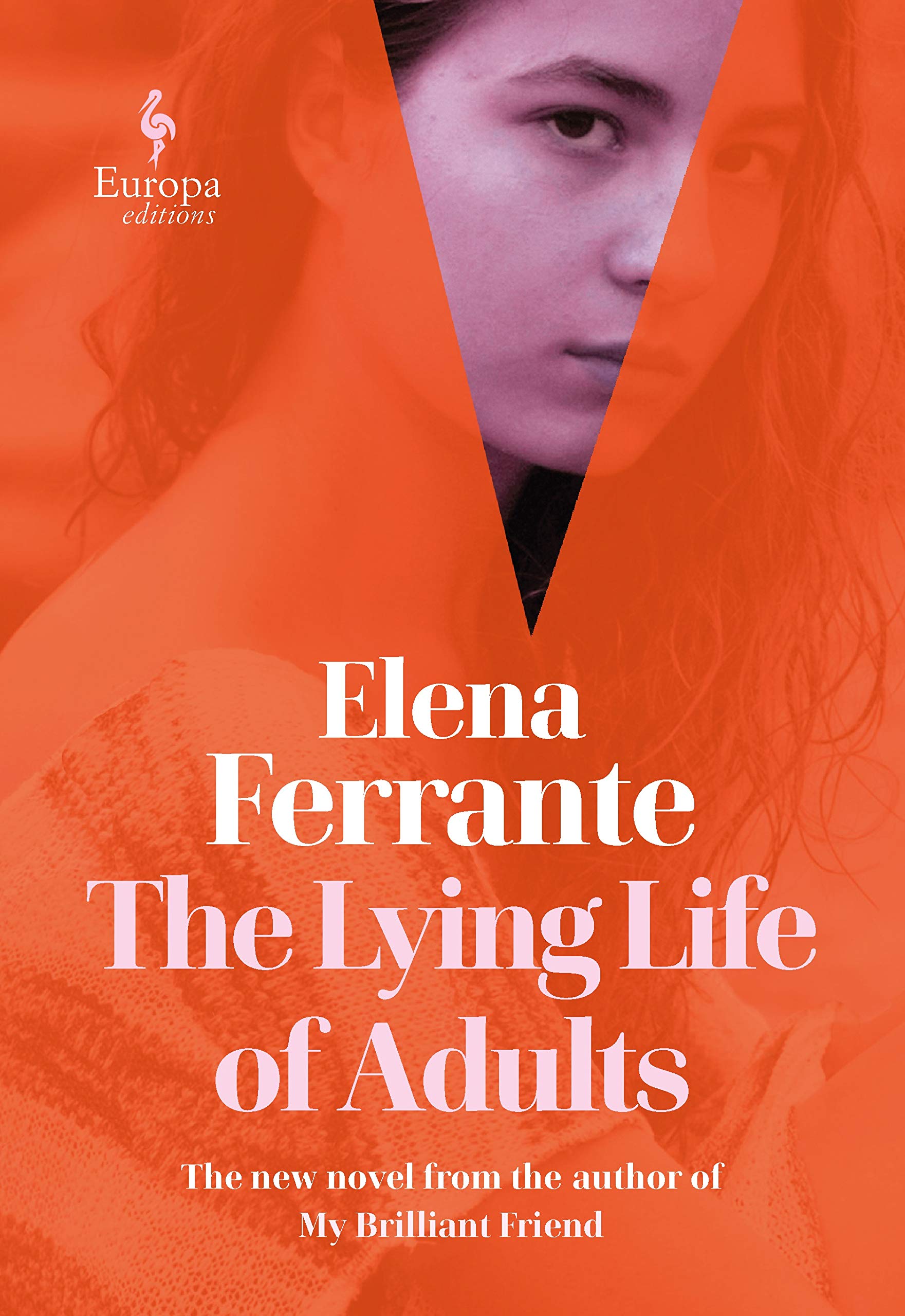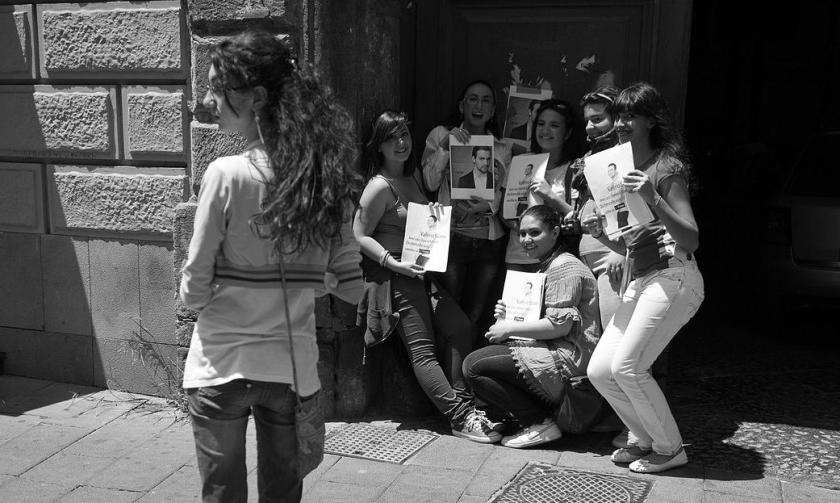The protagonist is a Neapolitan teenage girl; the settings move between the upper and lower parts, from the Vomero area on the hill to the industrial zone, of a city which has long been the main territory of the writer who calls herself Elena Ferrante. We know her through her “writer’s journey” Frantumaglia as irrefutably a woman from Naples - “an extension of the body,” as she describes it there, “a matrix of perception, the term of comparison of every experience”. So it is that, as with all great fiction, the local touches on the universal, surely striking chords with everyone, male or female, who remembers the confusions, dangers and temptations of adolescence. Another work of genius, in short.
Is Naples itself adolescent? In that same, crucial essay, Ferrante calls it a city, among other things, of “emotions so extreme as to become intolerably false”. These are the territory of 13-year-old Giovanna, the narrator, and of the uncompromising aunt with her “exciting, repulsive lexicon” in whose company “the bond with known spaces, with secure affections, yielded to curiosity about what might happen”. The aunt, Vittoria, cannot, will not change; the girl’s journey is all about evolving perceptions, and the eventual ability to discover how complex life is, without making the compromises of her highly literate, upwardly mobile parents whose “lying life” she discovers through Vittoria.
 Typically with Ferrante, the evolution of the novel doesn’t develop along expected lines; it’s bigger than Giovanna’s truncated relationship with Vittoria. As in every young life, new people arrive on the scene; a fascination with what’s perceived of as too bad alternates with a devotion to what might be unnaturally good. There’s the familiar questioning of religion: “I hated the idea that there was a Father in Heaven and we children were below, in the mud, in the blood”. Time passing is remembered, at one point, as “made up of large grey blocks and sudden lumps of colour, green or red or purple”. Two journeys to Milan force a reckoning. For Gianni, as for Lenù in My Brilliant Friend, comes a recognition, an epiphany almost, that the ugly, distorted natures of her parents’ generation may impose themselves: “even if I don’t have the face of Vittoria yet, soon that face will lay itself on my bones and never go away”.
Typically with Ferrante, the evolution of the novel doesn’t develop along expected lines; it’s bigger than Giovanna’s truncated relationship with Vittoria. As in every young life, new people arrive on the scene; a fascination with what’s perceived of as too bad alternates with a devotion to what might be unnaturally good. There’s the familiar questioning of religion: “I hated the idea that there was a Father in Heaven and we children were below, in the mud, in the blood”. Time passing is remembered, at one point, as “made up of large grey blocks and sudden lumps of colour, green or red or purple”. Two journeys to Milan force a reckoning. For Gianni, as for Lenù in My Brilliant Friend, comes a recognition, an epiphany almost, that the ugly, distorted natures of her parents’ generation may impose themselves: “even if I don’t have the face of Vittoria yet, soon that face will lay itself on my bones and never go away”.
The teenage years are also, of course, a part of the bigger saga of the difficult friendship between Lenù and Lila. But here they’re under the microscope, less trammelled by any specific time; the story, despite its many points of contact with My Brilliant Friend, feels unique. The characters are memorable: parents, friends, above all the fiercely hating and loving aunt. You can’t help wondering whom they’re going to cast as Vittoria in the promised Netflix/Fandango series; if it’s anywhere near as good as the two series of Saverio Costanzo‘s My Brilliant Friend for HBO, it will have a full and vivid life of its own. But Ferrante’s novels must be read first, and Ann Goldstein’s translations would seem to do them full justice. The Lying Life of Adults simply enriches a magnificent canon which began with Troubling Love nearly 30 years ago. There’s not a weak page, let alone a weak novel, among the eight to date.
- The Lying Life of Adults by Elena Ferrante, translated by Ann Goldstein (Europa Editions, £20, available from 1 September)
- Read more book reviews on theartsdesk















Add comment